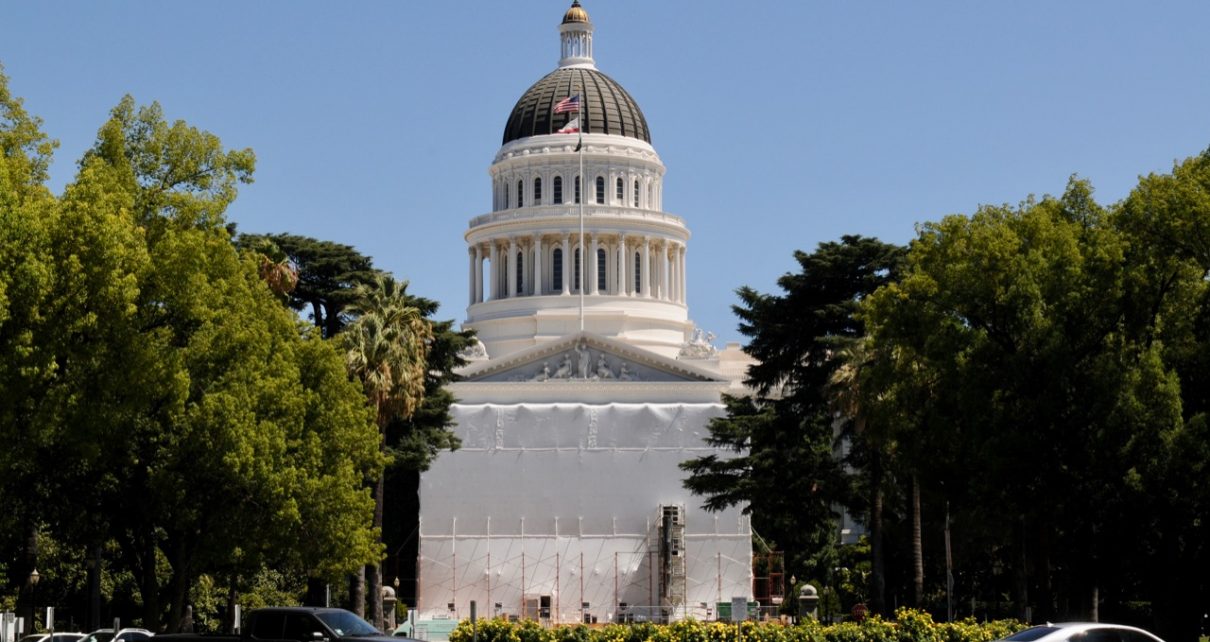
California State Capitol Annex demolition. (Photo: Kevin Sanders for California Globe)
CA Legislature Ignoring Environmental Laws in State Capitol Renovation and Historic Tree Removal
Lawmakers don’t like living under the laws they impose on everyone else
By Katy Grimes, April 25, 2022 4:26 pm
In September 2020, while the state was still suffering under Gov. Gavin Newsom’s oppressive COVID restrictions of lockdowns, and business and school closures, the Joint Legislative Committee on Rules held a hearing on the plans for the $1.2 billion renovation of the State Capitol while ignoring actual state business urgencies.
Assemblyman Kevin Kiley (R-Granite Bay) told the Globe, “The issues we should be holding hearings on aren’t happening. But the Legislature can spruce up its own digs.”
The State Capitol Annex Project entails a great deal, and it should for $1.2 billion. According to California Environmental Quality Act (CEQA):
“The project would demolish and reconstruct the existing 325,000 square foot existing Capitol Annex building with a new approximately 525,000 square foot building. The project would address numerous deficiencies in the existing building, including: life safety/building code deficiencies, non-compliance with Americans with Disabilities Act (ADA) standards, overcrowding, aging and failing infrastructure, and insufficient public and working space. A new underground visitors/welcome center would be located between 10th Street and the west steps of the Capitol. Existing basement parking under the Annex would be abandoned and replaced with new underground parking (approx. 200 spaces) on the south side of the Capitol.”
In a Globe interview, according to Paula Peper, a now-retired Urban Ecologist for the U.S. Forest Service, and appointed member of the Historic State Capitol Commission, there are 860 trees with 210 different types of species in the the California State Capitol Nationally Registered Historic Park. First plantings began in 1874 and continue through to today.
That underground parking is sacrificing 150 to 180 trees surrounding the Capitol, including two huge Southern Magnolia trees with circumferences of 61″ and 31″ each. Peper says trees of that size and maturity cannot be transplanted. And the cost to even try is at $100,000 each.
Peper, a nationally recognized, award-winning ecologist, tree expert, historian, author, and urban forest researcher, was a member of the Historic State Capitol Commission for many years, appointed by Sen. Toni Atkins (D-San Diego). The commission is required to inform the Joint Rules Committee about anything to do with the Capitol grounds and building. “But we were unable to inform the Legislature,” Peper said of their many concerns about removing so many historic trees on the Capitol grounds, especially after losing 10% of the Capitol Park trees in the drought ending in 2014.
“People from the Capitol who came to our public meetings were all under non-disclosure agreements.” She said as the process kept going, the commission was statutorily unable to talk to the public about the destruction the Capitol Annex project would cause the grounds.
Peper said she resigned from the Commission and the very next day, Presiding officer Dick Cowan also resigned. Peper said their protest was that the Legislature did not appoint people to fill the vacancies on the commission, and their resignations and lack of replacement appointees rendered the commission defunct – which in retrospect, appears to have been the goal.
Both Peper and Cowan are now working to end the Capitol Annex Renovation Project.
Peper said they found out that in May 2021 that the Legislature signed a Memorandum of Understanding to go directly to demolition and then to build the new building, without telling the members of the Historic State Capitol Commission.
“This is affecting trees on all four sides of the Capitol,” Peper said.
She explained that of the 860 trees in Capitol Park, many are very old and were given to California as gifts from foreign countries or other states. “The City of Sacramento has only a 50% success rate with moving Palm Trees in the city,” Peper said. “The trees were planted between 1898 and 1903. I have never seen Palms this size moved successfully.”
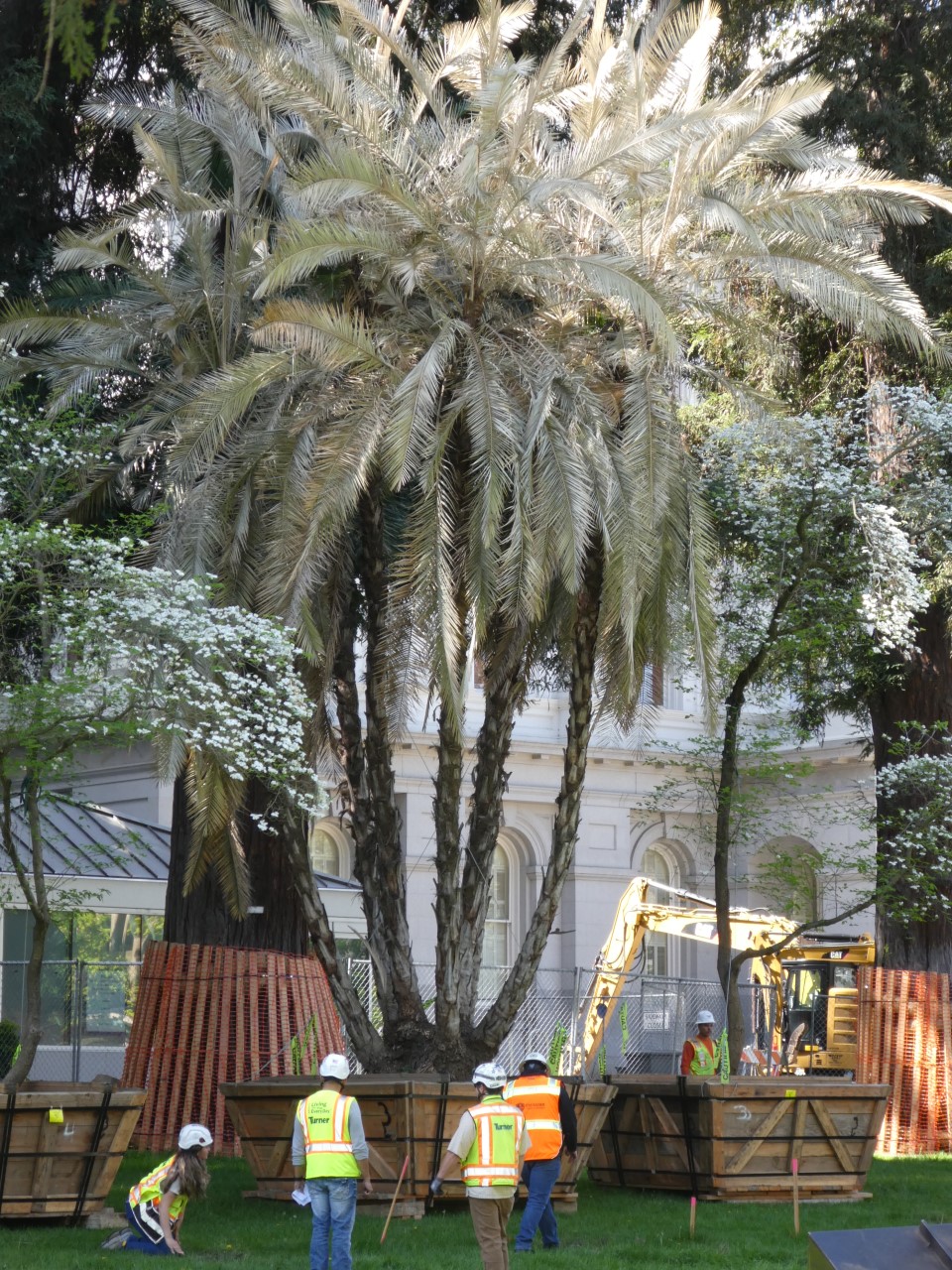
Now 150-180 trees are directly impacted.
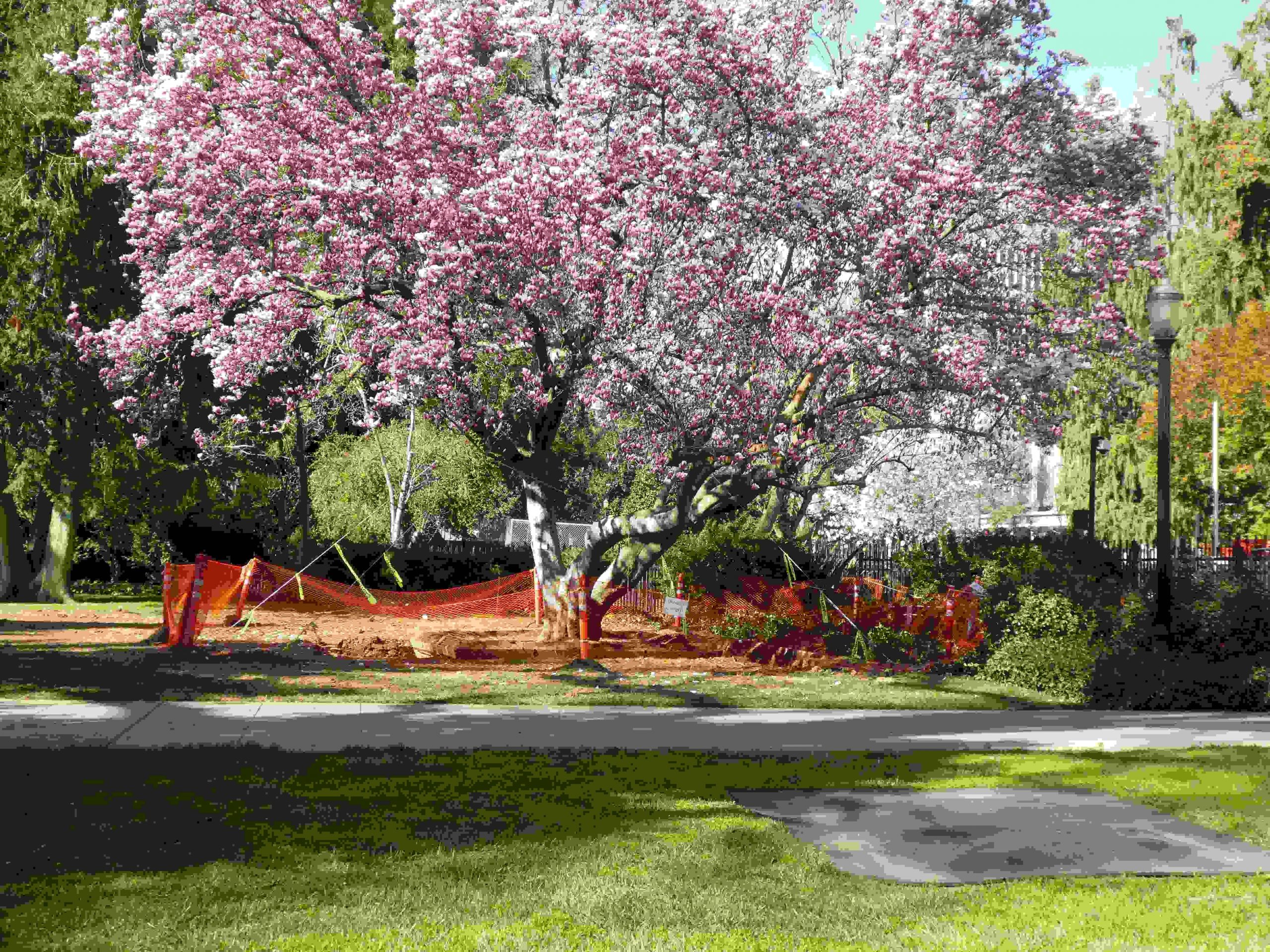
Peper said the workers moving the trees are not following American National Standards Institute (ANSI) A300 guidelines, which state that the box this tree should be relocated in should be 8 times that DBH or at least 21 ft wide. This is 12 ft wide.
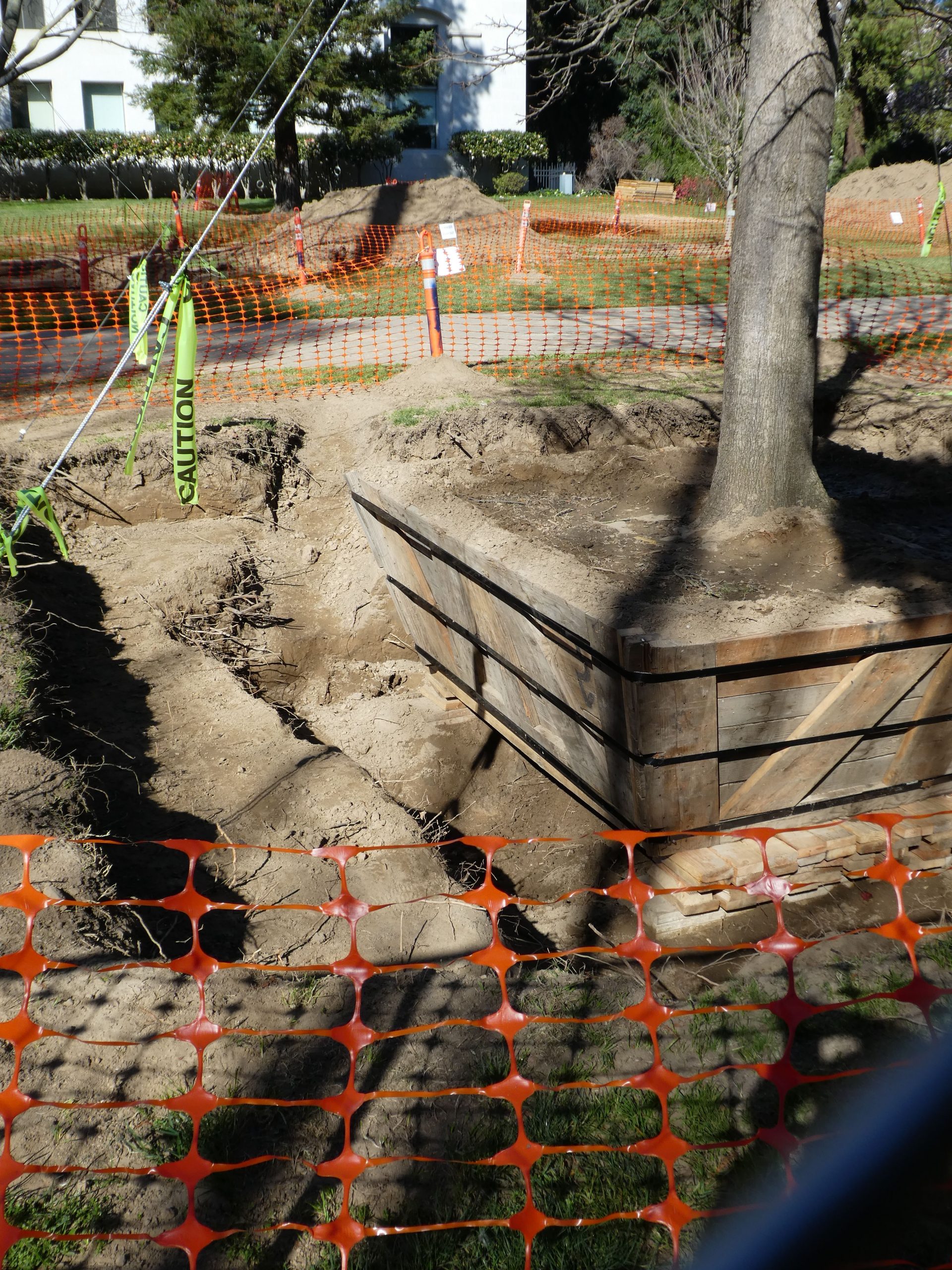
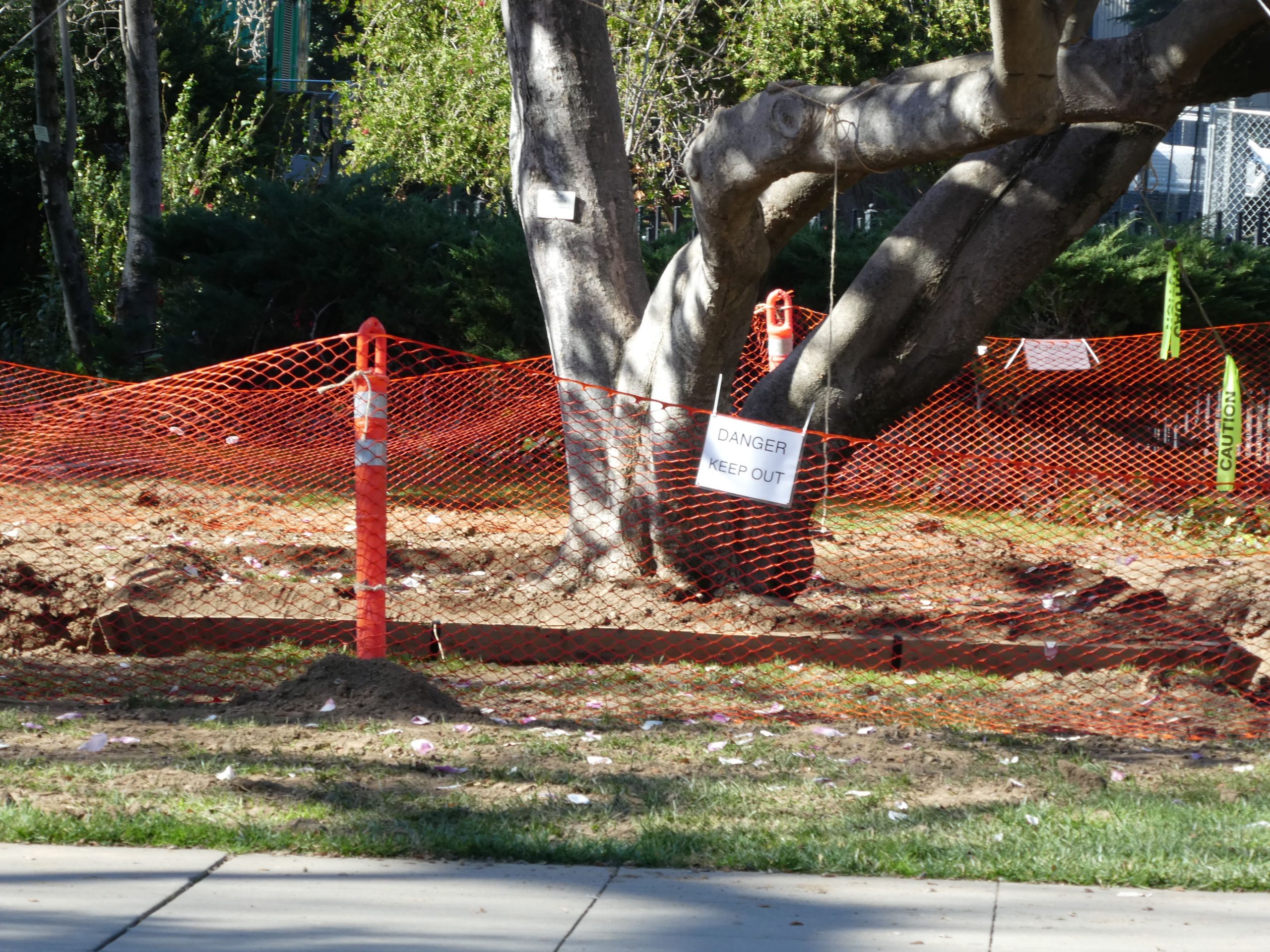
Next image is of sugar maple roots being cut and torn and then again placed in too small of a box.
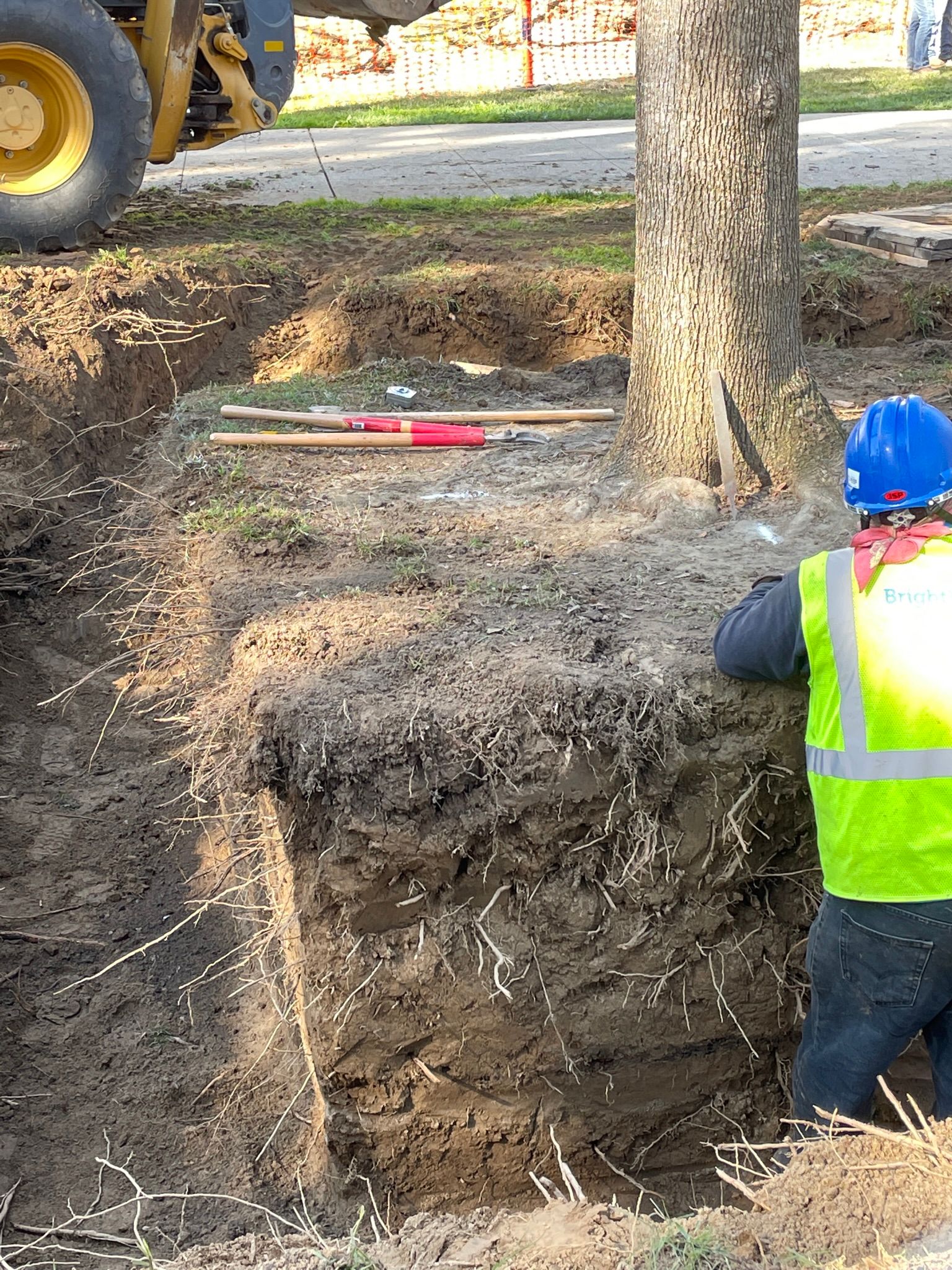
This image is of some of the 46 palms to be relocated.
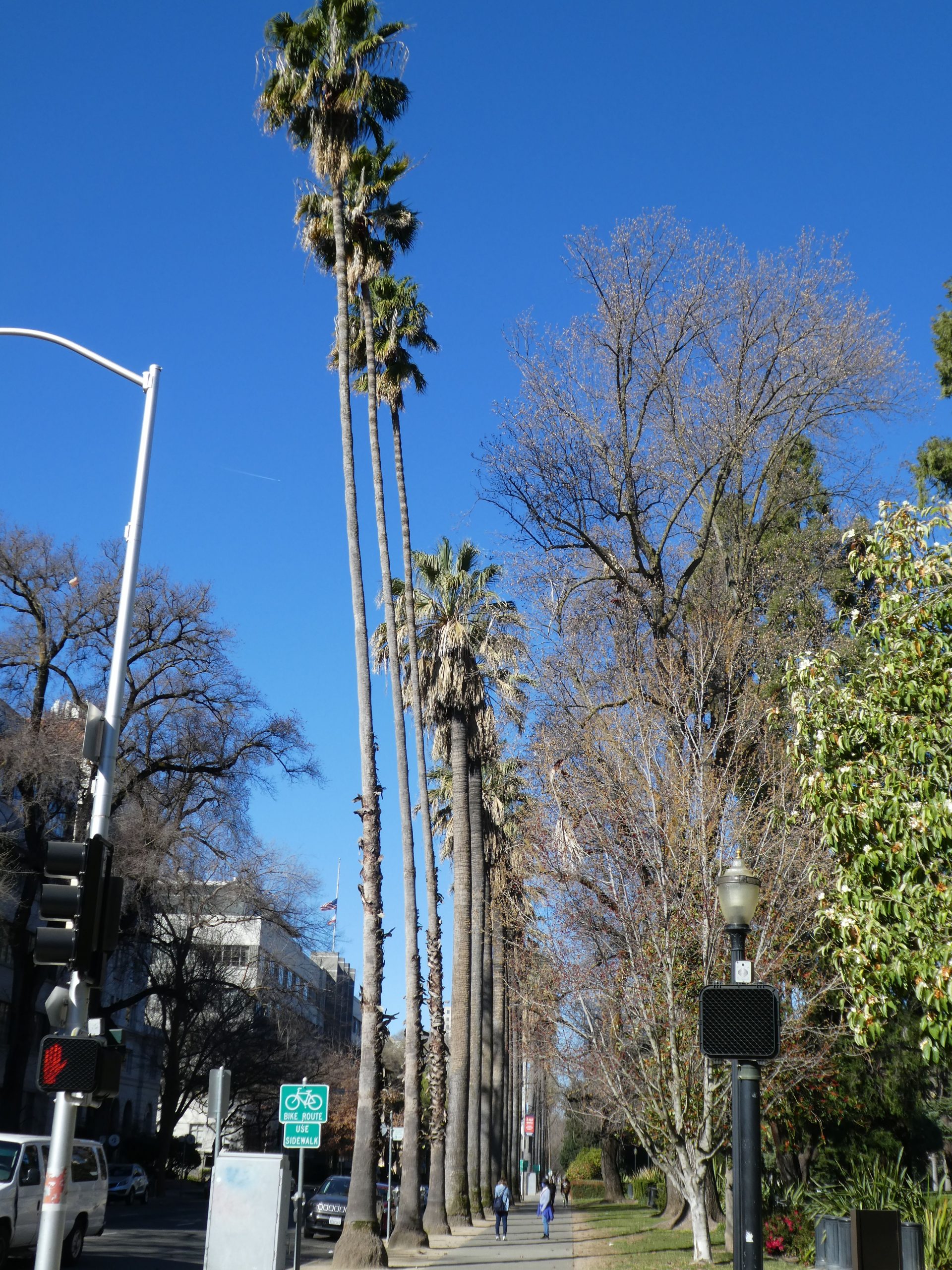
Peper said the Joint Rules Committee led by Assemblyman Ken Cooley is ignoring the Environmental Impact Report, and bypassing California’s Environmental Quality Act in the process.
What’s the big deal with moving 150-180 trees?
According to Peper who conducted a study in 2017, and presented it to the Historic State Capitol Commission and legislative representatives attending the HSCC public meeting:
- These trees provide shade, beauty, historic context and perhaps, more importantly, the ecosystem services they provide every single year.
- 210 unique species, 97 of which have only 1 representative and 66 with 2 representatives each.
- They remove carbon dioxide (CO2) from the atmosphere, the same amount given off by 804 tanks of gasoline from our cars every year.
- In their wood and roots they store 4.1 million lbs of carbon—important for climate change.
- Their cooling and shade saves enough electricity to power 1856 homes for 24 hours every year (135 Mega-watt hours/yr).
- They intercept and keep 1.3 million gallons of water from running off, the equivalent of 34,000 bathtubs full of rain from just running off into gutters and then polluting our rivers every year.
Peper is concerned that within one decade, Capitol Park will have lost 27% of its trees.
Peper said they presented an overall park plan to the Joint Rules Committee and Committee Chairman Cooley five years ago. “We were told we needed to wait until after the Capitol construction was completed,” she said. “Within the plan was overall tree management. We met with Cooley and he told us we needed to wait.”
State government is exempting itself from its own laws.
The Capitol Park and Capitol Building are on the National Register of Historic Places, Peper said. “Yet the Joint Rules Committee never submitted renovation plans to the State Preservation Officer at the State Historical Commission,” Peper said. “She had already questioned them: ‘Are we going to have 4 or 5 EIRs coming to us?'”
“Cooley did not answer. We told him, ‘we assume you are going to follow all parts of CEQA, and look at the renovation, rehabilitation,'” Peper said. “And he did not answer. He already knew.”
“It’s all been so sneaky and so secretive,” Peper said. And she said Cooley and the committee refused their California Public Records Act request for information.
As a historic building, they are supposed to work with State Historic Preservation Officer Julianne Polanco and do a consult working on what can be done with the old building. But the Legislature bypassed this step.
There are four lawsuits currently filed seeking to halt the Capitol renovation, some of which will be heard in Superior Court next month. Two of the cases are Environmental Impact Report cases, and one charges that the Legislature failed to take advantage of the opportunity to reuse the historic building.
SaveOurCapitol.org says, “California lawmakers are bulldozing ahead with a costly plan to demolish the East Annex, block public access to the West Steps, and destroy Capitol Park. California is under siege – by a pandemic and catastrophic wildfires – and facing another $54 billion budget deficit. Now is not the time to burden taxpayers with a $1 billion debt for the next 30 years. It’s time to restore, increase public safety, and preserve the historic East Annex, not demolish and replace it.”
The West Steps of the State Capitol is where most gatherings, rallies and protests take place. Many opposing the Capitol Annex Renovation say this is intentional.
“If a court finds against the Legislature, they must restore it (Capitol building and grounds) back as it was,” Peper said.
Ironically, Peper said “you can sign up for the newsletter on the Capitol Annex website, but there aren’t any newsletters.” The Globe signed up long ago to the Capitol Annex newsletter subscription, and has not received any.
- Steve Hilton Show: Newsom Proposes Tax Credits for Hollywood, Shirks Other Industries - October 30, 2024
- How to Kill a State in 5 Easy Steps: Gavin Newsom’s California - October 29, 2024
- Gov. Newsom Gifts Tax Breaks to La La Land, Betting on the Losers - October 28, 2024


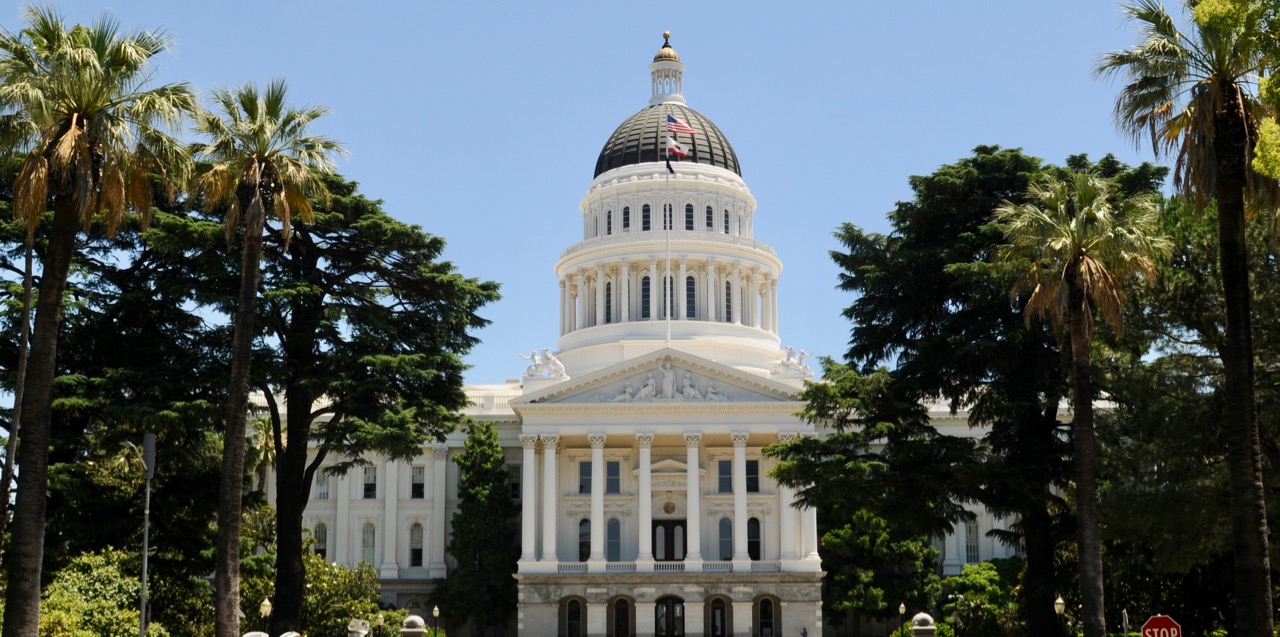

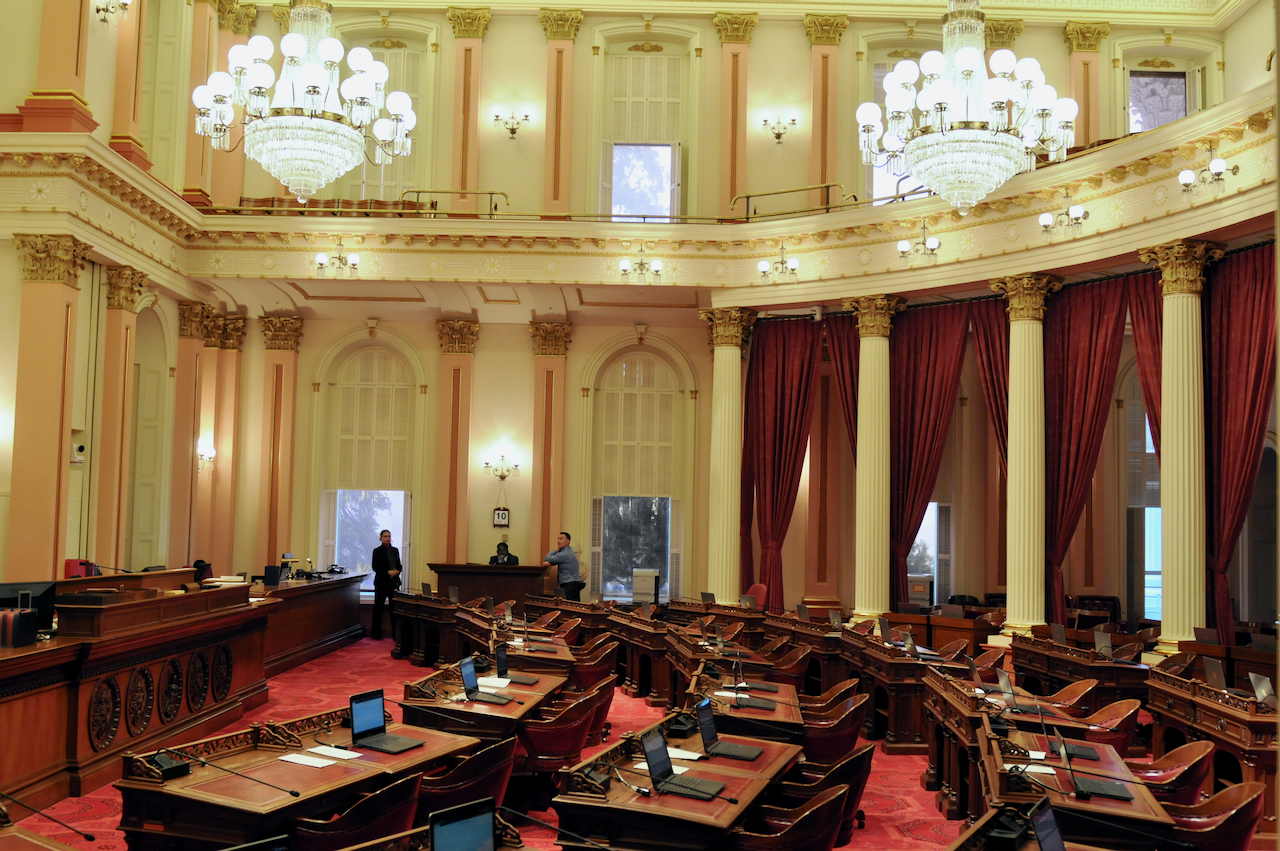
“It’s all been so sneaky and so secretive,” Peper said. And she said Cooley and the committee refused their California Public Records Act request for information.
SNEAKY AND SECRETIVE IS HOW THE GOVERNMENT OPERATES THESE DAYS. And it’s easy for them to do with mainstream media looking the other way.
Thank you Ms. Grimes for focusing on what’s important.
Great article , thank you Katy !
City of Trees ! Not any more.
Perhaps the underground parking lot will double as a safe sleeping site for the homeless at night.
That might muffle the sounds of things exploding at night.
I am sarcastic because I am so disheartened as to the state of my home state !
It makes me mad that they are tearing out our history by the roots just to put up a parking lot !
What needs to be removed and replaced are the serpents inside the Capitol. Where are all the Democrat tree huggers now? Oh I forgot, all of the “environmental” groups are going after the postal service for buying wrong vehicles. This government is so corrupt, self absorbed, and perverted it makes me sick to my stomach.